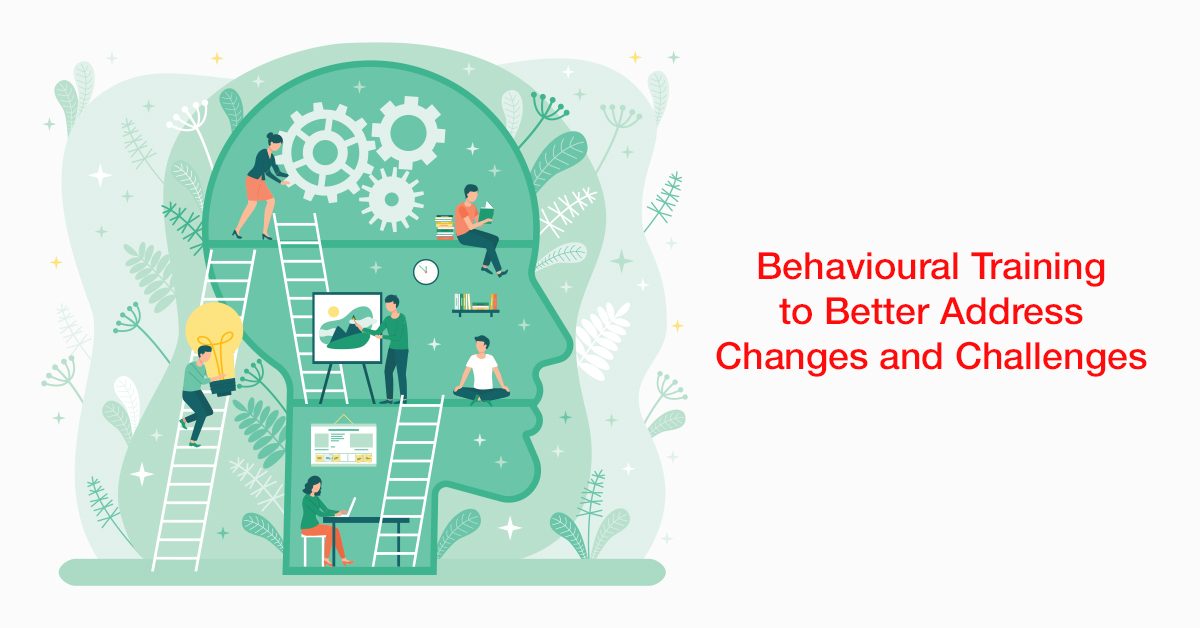
Benjamin Franklin very wisely said, “An investment in knowledge always pays the best interest.” Most organizations recognize the value of making investments in employee development. After all, employee development is directly related to employee productivity. A report from the Association for Talent Development (ATD) shows that organizations that offer comprehensive training programs achieve a 218% higher income per employee than companies that don’t. Further, such companies also enjoy a 24% higher profit margin. Employee training plays a crucial role in today’s rapidly evolving global economy. With the rise of the millennial workforce training and learning and development initiatives assume an even greater role as 87% of millennials believe that professional and career development is essential. Statistics also show that 40% of employees leave their jobs with poor training within the first year. Of course, there is also a growing skills gap that can only be bridged with good training.
Clearly, employee training is a vital arrow in an organization’s quiver. However, often employee training does not deliver the desired impact. Organizations in the US spent $70 billion on training in 2016. However, 90% of new skills are lost and forgotten within a year. Why does that happen? Here are some reasons why your employee training might not be delivering the desired impact.
Training is an unfocused activity
Most employee training sessions are long marathon sessions. These sessions often demand the employee to stay away from an already heavy work schedule. Expecting an employee to complete their work and attend a full day training session is unrealistic as we only have a finite number of productive working hours in the day. Training held during the weekend seems like an imposition on an employee’s work-life balance. These lead to a general lack of interest in training programs.
Training programs must be on-demand now. They must push enablement closer to work and give the employee the opportunity to attend when their schedule allows it.
Not contextual – Content is king, but context is God
A great training program often fails due to lack of context. But what context are we talking about? Today the wave of personalization has taken over our lives. People expect the same personalized experience from their training as they would from their favorite eCommerce site. Context helps in generating interest since it proves the value to the employee. With the right context, employees can see how that training will help them achieve high productivity, do their tasks better, achieve their career goals, and progress in their personal development.
What skills and competencies are required across the organization? Are there skills gaps across the organization? Where are they? What are the KPIs for ROI? What are the specific needs of the employees? These are good questions to identify the context and plan training initiatives accordingly.
Breaking the learning barrier – Are you building the plane while flying it?
Training has to be a focused activity. However, organizations often fall into the ‘building the plane while flying it’ trap. This term, born in the Silicon Valley, refers to the “ship it, then fix it, then ship it again” approach towards product development. However, when training takes this approach, it betrays a lack of strategic planning for training initiatives.
Organizations must take a focused approach to training. They have to identify the real training needs of their employees. Are there enough training sessions? Will they take the learning needs of their employees into consideration? Are learning styles accounted for? Identify the eLearning training programs. And those that need classroom training. Unless this is clear, training initiatives will most likely meet poor outcomes.
Proactive impact measurement – You can only manage what you can measure
Data lies at the heart of good training programs. Unless organizations can measure the impact of their training initiatives how can they manage their programs to deliver value? If you are looking at eLearning, it is essential to help and assist the trainee with the relevant information at the relevant times. Always use eLearning elements such as videos, gamification etc. to help achieve goals. The results of the training along with employee feedback should be leveraged to identify not only areas of employee improvement but to also assess how the training can be further improved to become more impactful, contextual, relevant, and engaging.
Post-training neglect – How you really lose your training audience
The fact is that knowledge decay sets in fast especially if employees are not using the skills they have been taught. Organizations that do not have a strategy for reinforcing skills post training will always battle this problem. Designing follow-up activities that reinforce learned skills, ensuring that all learning material is available easily in a central information repository, making training videos and other learning material archivable and searchable are a few ways to address this problem.
Information overload is too much information
An individual’s attention span today is less than that of a goldfish. Companies organizing long and detailed and often day-long training programs to save resource and training costs must contend with information overload and trainee disengagement. In such an event, there is little or no knowledge retention. Training materials may seem too detailed and lengthy. The employees simply cannot absorb and retain so much information in one go. Result? The training outcomes are less than desired.
Organizations thus have to look at creating bite-sized training modules that can be delivered to the employee in a device-agnostic manner and can be consumed anywhere, anytime.
Poor engagement – Dull training only leads to greater contempt
Organizations have to not only focus on leveraging the right resources to create good training content but have to also ensure that the training is delivered in a fun and engaging manner. We have to consider that not all subjects are interesting. Areas such as compliance training can be mind-numbing for most and yet be essential. Organizations have to ensure that the training material that is being fed to the learners is not boring or tedious. Training thus has to leverage videos, interactive learning modules, fun tests, employ social integration, gamification etc. and adopt a blended learning approach to ensure that the subject matter is absorbed well.
Finally, it is essential to ‘sell’ your training activity. Informing the employees on why the training is needed, how it will solve the problems that they face at work, the clear objectives and what they are expected to achieve once the training is over will help in generating interest. That, and creating targeted training programs that are structured and easy to manage will ensure that the employees view training as an enriching activity and not a chore. This will help deliver the desired impact from training initiatives.





